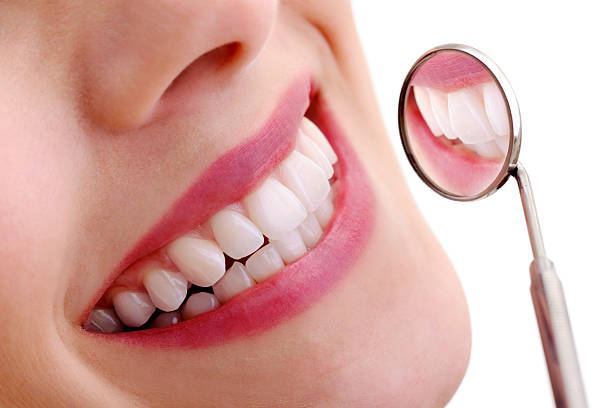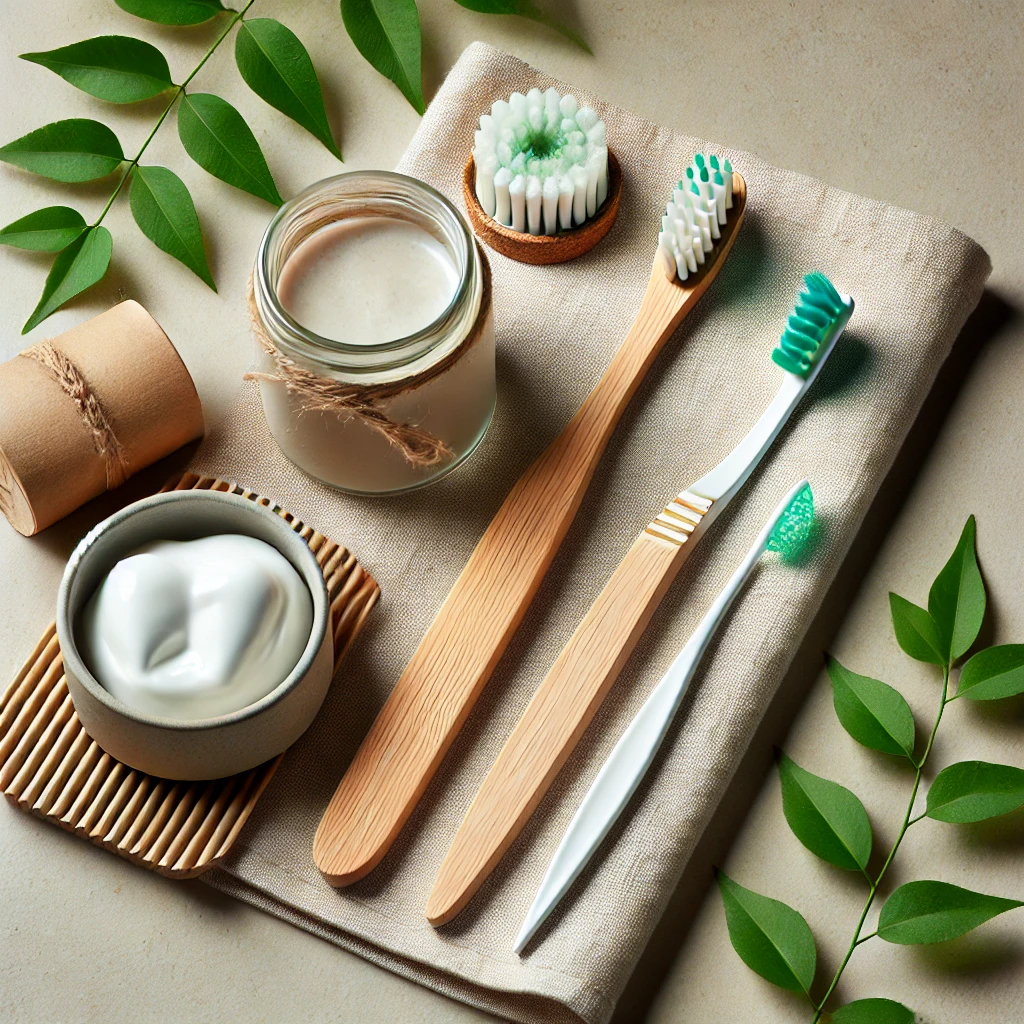Call Us Today
Top 10 Ways to Whiten Your Teeth Naturally

A bright, white smile is something many people strive for, but professional treatments can be expensive and sometimes harsh on sensitive teeth. The good news? There are several natural remedies you can try at home to help brighten your smile. While these methods may take longer to show results compared to in-office treatments, they’re much gentler on your teeth and wallet. Let’s explore 10 effective, natural ways to whiten your teeth.
1. Brush with Baking Soda
Baking soda is a popular ingredient in toothpaste because of its natural whitening properties. It gently scrubs away surface stains on teeth and helps create an alkaline environment in your mouth, which can prevent bacteria growth. Try brushing with a mixture of baking soda and water a few times a week for best results. Just be careful not to overdo it, as excessive use can wear down enamel.
2. Oil Pulling
Oil pulling is an ancient practice, especially in Ayurveda, that involves swishing oil (typically coconut oil) around in your mouth for 15-20 minutes. Coconut oil contains lauric acid, which reduces inflammation and can help remove harmful bacteria from your mouth. Over time, this can reduce plaque buildup, which leads to a brighter smile.
3. Hydrogen Peroxide Rinse
Hydrogen peroxide is a natural bleaching agent that can help remove surface stains. You can dilute hydrogen peroxide with water and use it as a mouthwash before brushing. While it’s effective for whitening, make sure not to use a concentration stronger than 3% and avoid swallowing it. Limit use to a few times a week to avoid irritation.
4. Eat Crunchy Fruits and Vegetables
Crunchy fruits and vegetables, like apples, carrots, and celery, act as natural abrasives that can scrub away plaque and surface stains as you chew. Additionally, fruits like strawberries contain malic acid, which has been shown to naturally brighten teeth. You can even mash up strawberries and mix them with baking soda for an extra whitening boost.
5. Activated Charcoal
Activated charcoal can help remove stains from your teeth by binding to toxins and plaque. You can brush your teeth with a small amount of activated charcoal powder for a few minutes, then rinse thoroughly. While this method may sound messy, it’s effective at drawing out surface stains, though it may not penetrate deeper layers of discoloration.
6. Use Apple Cider Vinegar (Sparingly)
Apple cider vinegar is known for its ability to clean and disinfect, but it’s also acidic, so it can help remove stains. However, be cautious with this method—using apple cider vinegar too frequently or undiluted can erode enamel. If you try this, dilute the vinegar with water and use it as a mouthwash, then rinse your mouth with water afterward.
7. Limit Stain-Causing Foods and Drinks
Prevention is key when it comes to maintaining a white smile. Red wine, coffee, tea, and dark berries are notorious for staining teeth. If you can’t avoid these foods and drinks, try rinsing your mouth with water immediately afterward or using a straw when drinking to minimize contact with your teeth.
8. Brush and Floss Regularly
No surprise here—good oral hygiene is essential for maintaining white teeth. Brushing twice a day and flossing daily help remove food particles and plaque that can lead to discoloration. Regular brushing also helps remove surface stains before they penetrate deeper layers of enamel.
9. Use a Whitening Toothpaste
Whitening toothpastes contain mild abrasives that help scrub away stains and may include additional bleaching agents like hydrogen peroxide or carbamide peroxide. While they won’t drastically change the color of your teeth, they can gradually help lift surface stains over time.
10. Stay Hydrated
Drinking water throughout the day helps keep your mouth clean and washes away food particles that can stain teeth. Staying hydrated also promotes saliva production, which is your mouth’s natural defense against plaque buildup and tooth discoloration. Sipping water after meals and drinks can prevent stains from setting in.
Conclusion
While these natural remedies can be effective for whitening your teeth, remember that they work best on surface stains and may not drastically change the overall color of your teeth. It’s also important to maintain a healthy diet and proper oral hygiene habits to prevent future staining. If your teeth are severely discolored or sensitive, it’s always best to consult a dentist before trying new whitening methods.
With consistent effort and care, you can achieve a whiter, brighter smile naturally!

